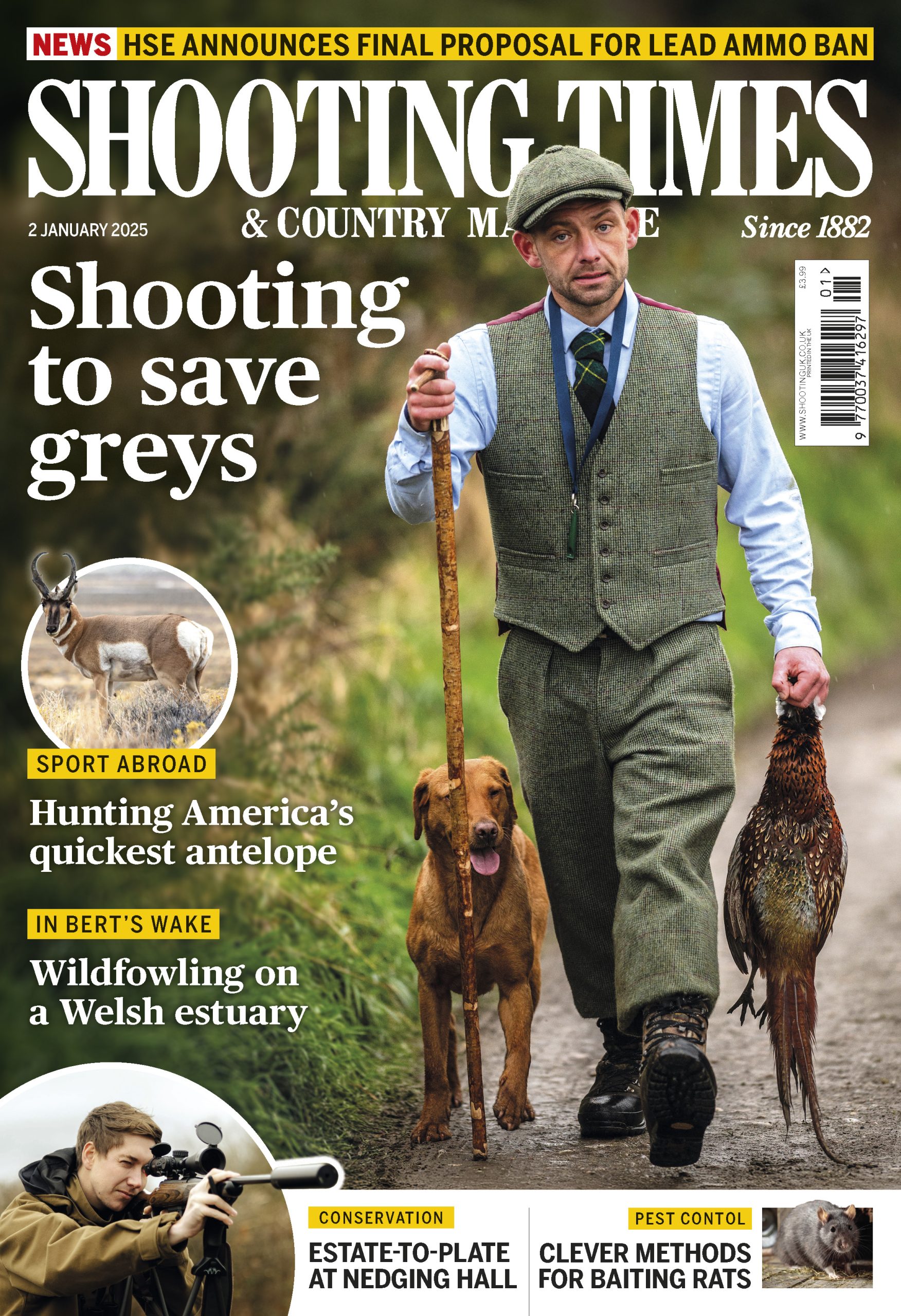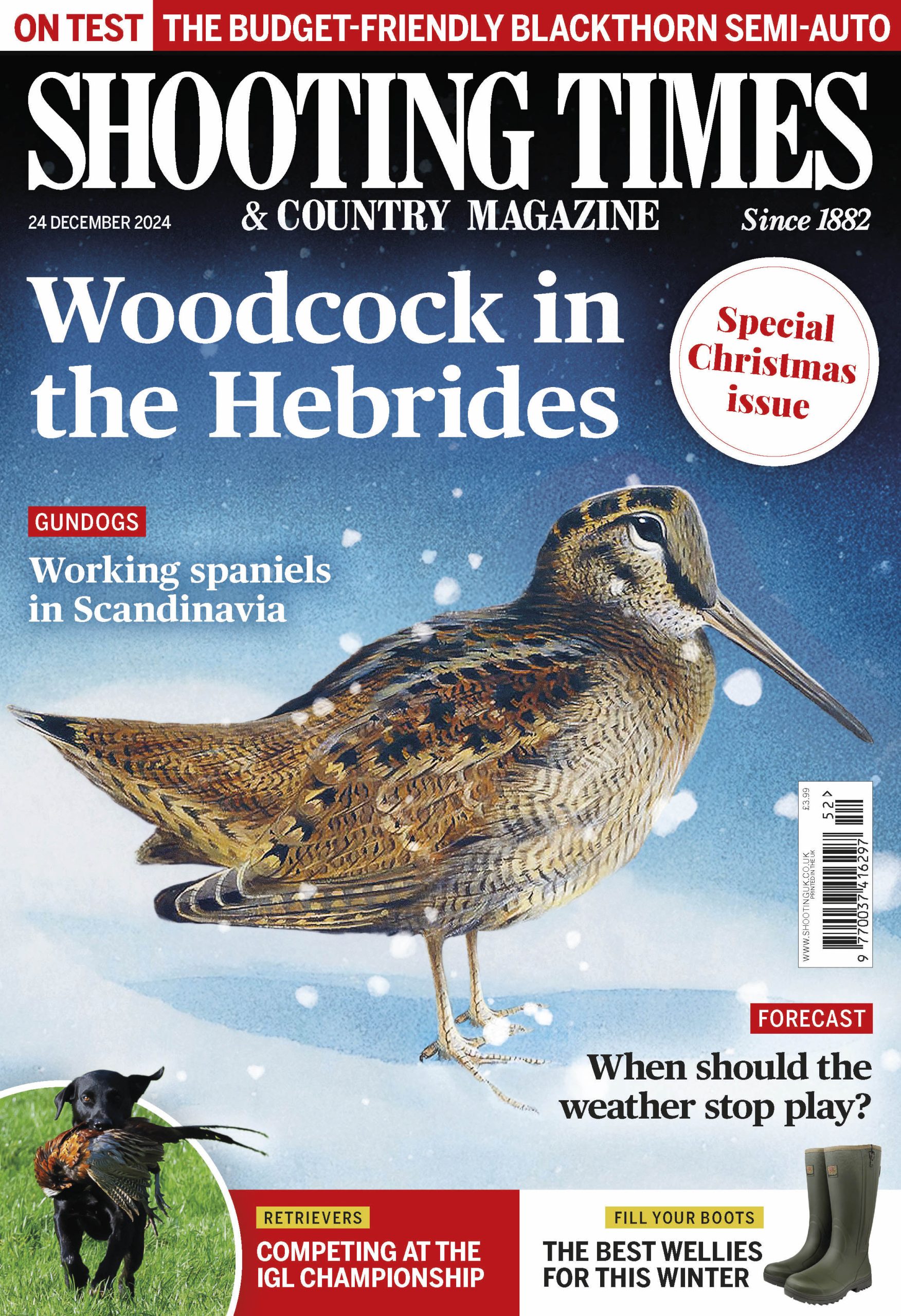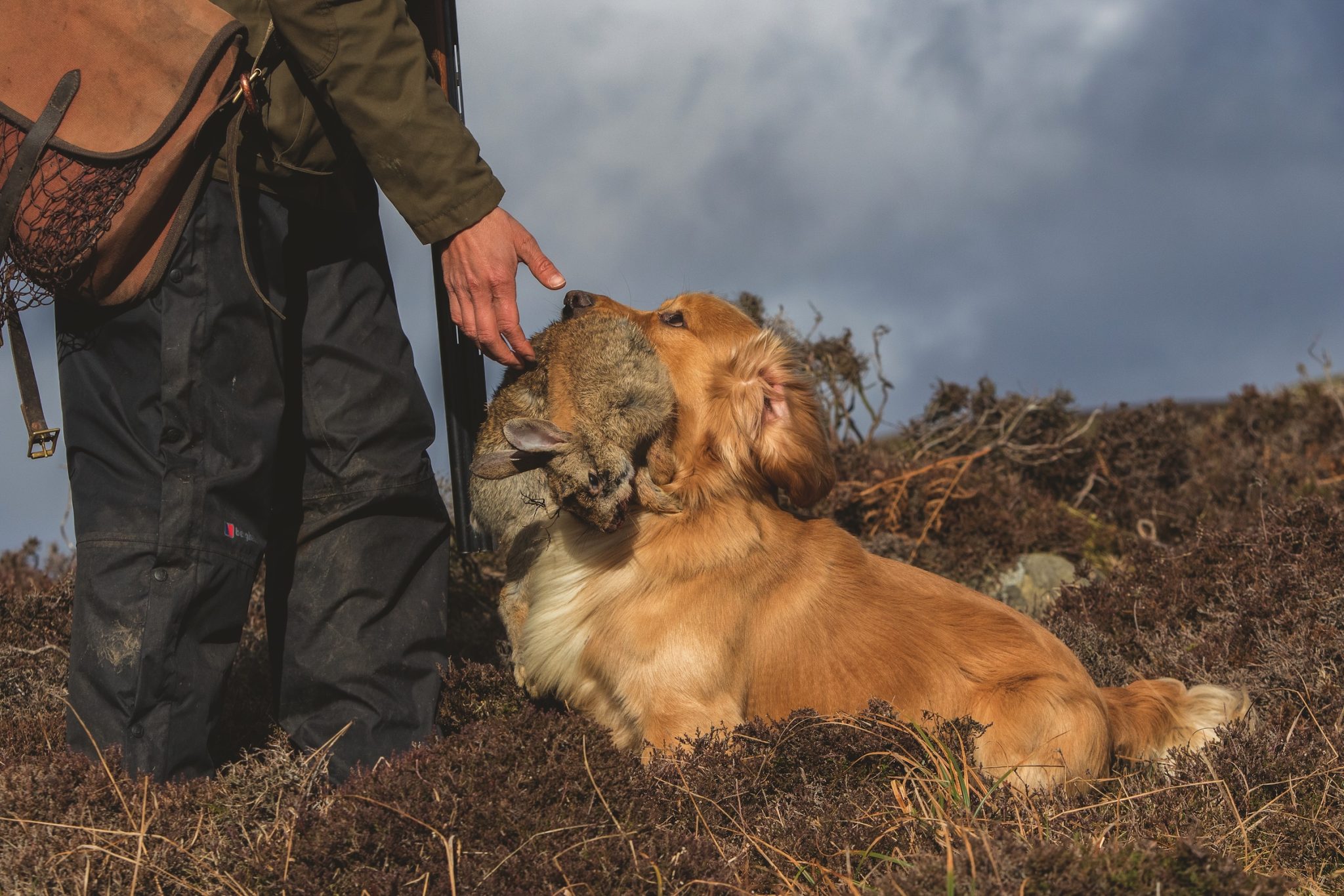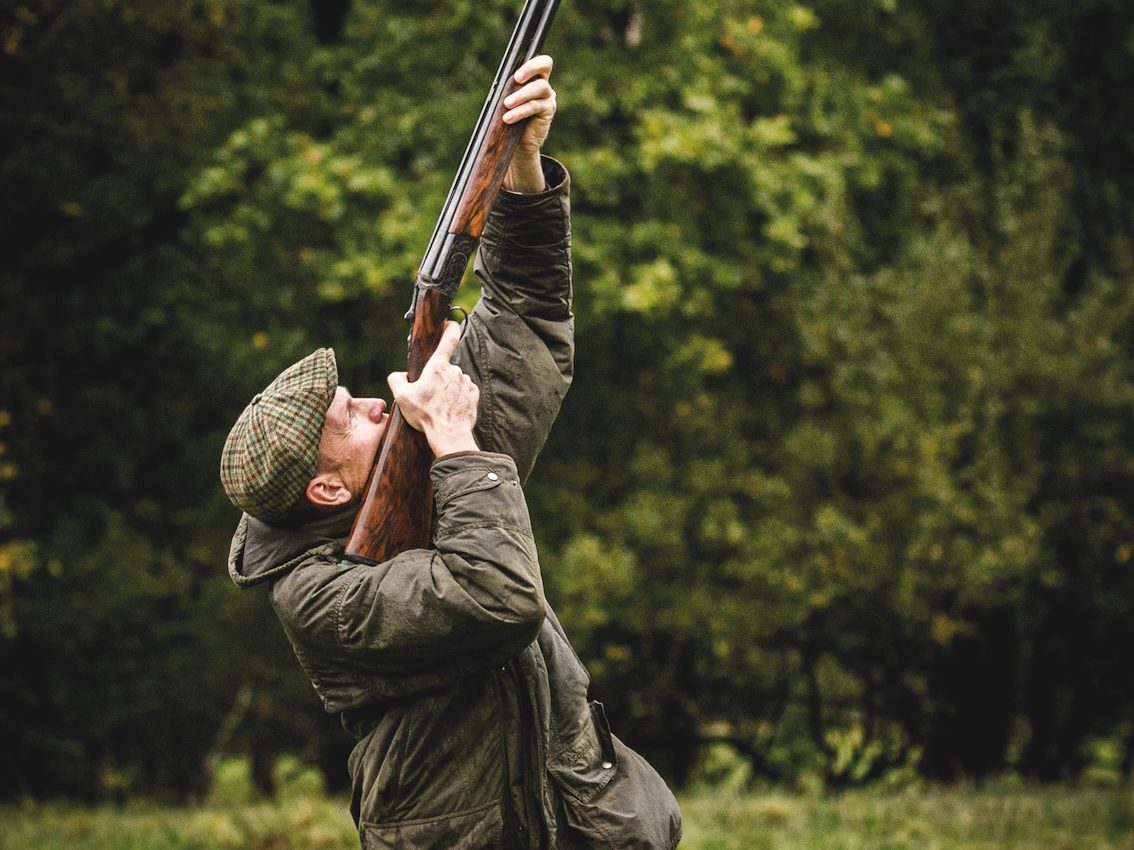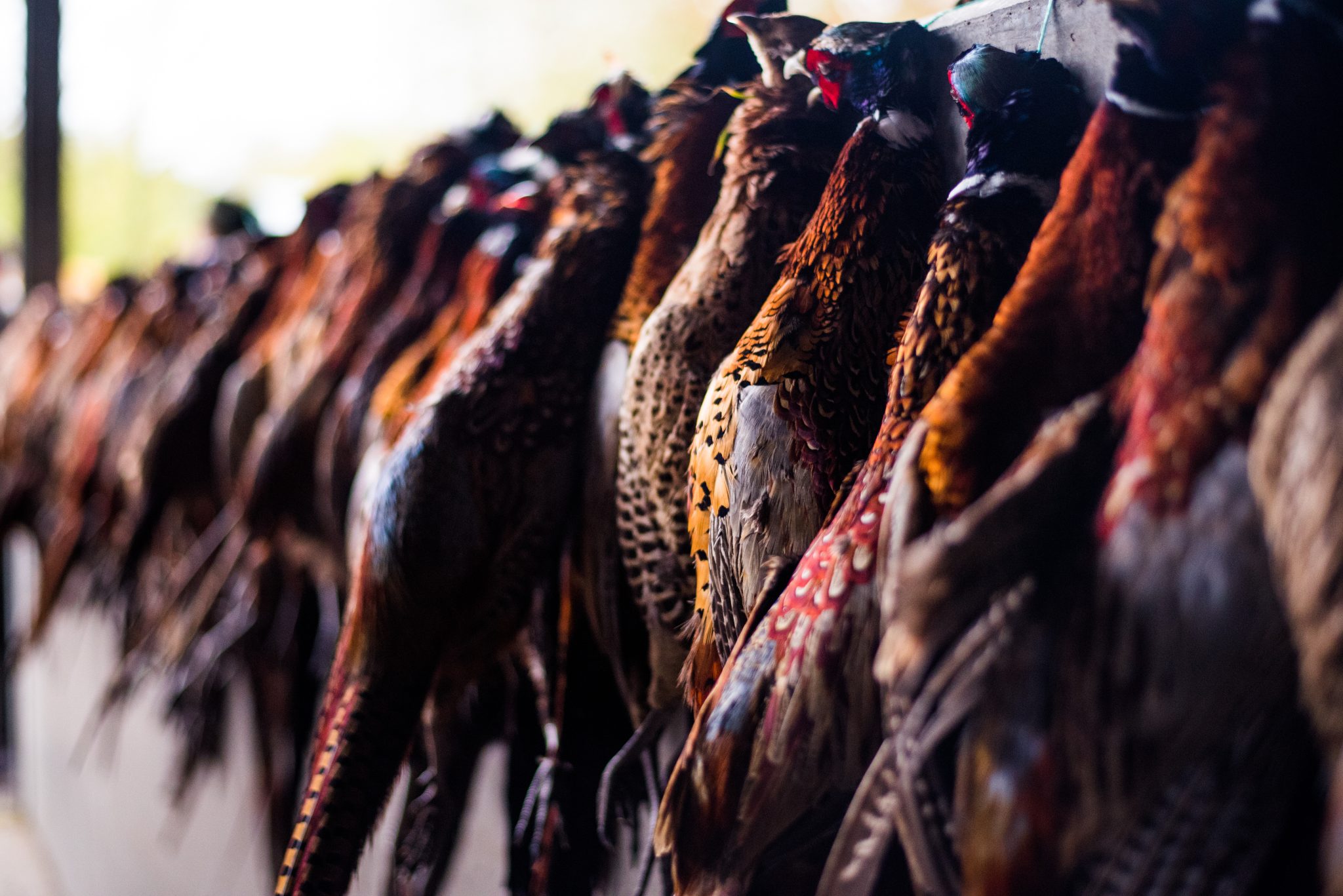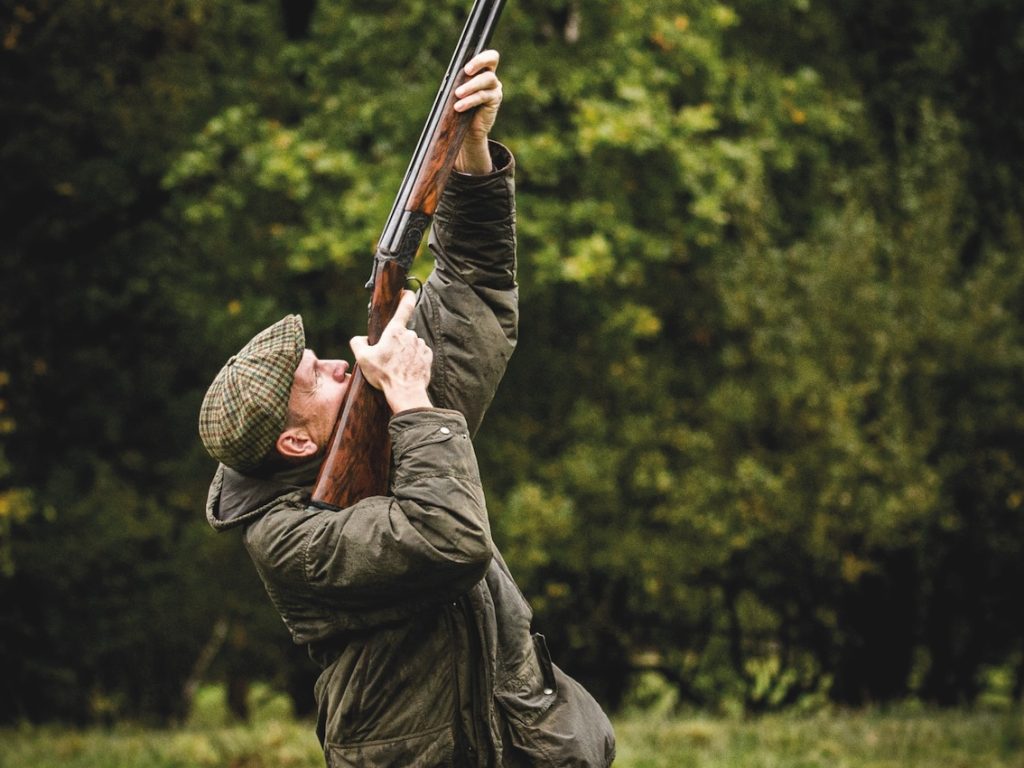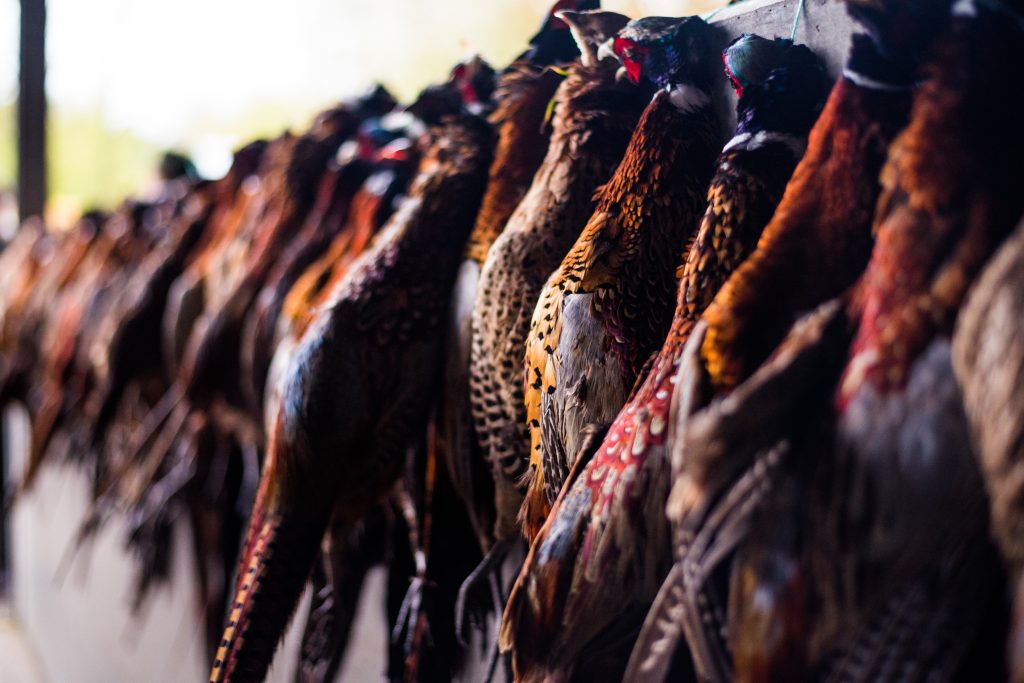Win CENS ProFlex DX5 earplugs worth £1,149 – enter here
Speak up before the next grouse debate
On 30 June, MPs will debate grouse shooting in Parliament. Will your MP turn up and how will they vote? That could depend on you…
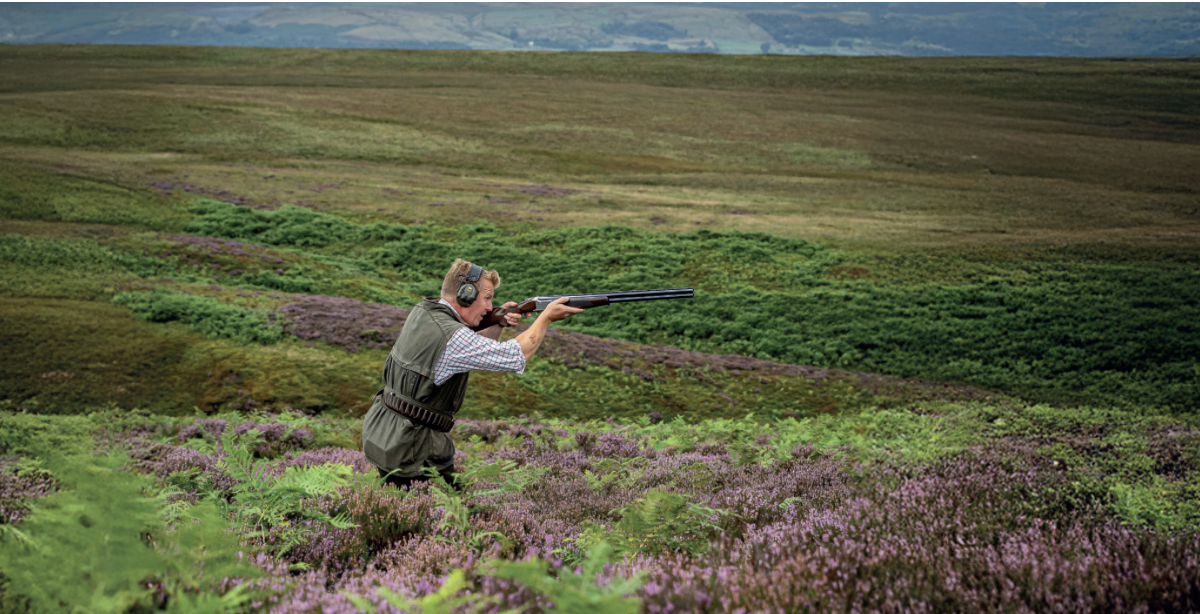
A Wild Justice petition, which calls for a ban on driven grouse shooting, has triggered a parliamentary debate on Monday, 30 June, having passed the 100,000 signatures threshold.
The wording of this one is nearly identical to a 2019 Wild Justice petition that was debated under the last government in 2021. The concluding statement was that “there is clearly not support in this House for the petition”. What’s more, there was a lack of support from MPs in a Westminster debate on a similar 2016 petition initiated by Mark Avery, three years before the creation of Wild Justice.
However, we cannot take the same outcome for granted this time around. If not enough of us contact our MPs, many being newly elected Labour MPs, this could be a debate that wins them all for Wild Justice and gives this group the platform it craves for a ban.
Grouse shooting is currently on the front line in Parliament and other shooting disciplines are on the radar. Wild Justice director Chris Packham is also spearheading an Animal Aid campaign on social media to ban all live quarry shooting.
Please email your MP ahead of the debate explaining the diverse range of benefits it brings to the uplands and the wildlife that call these landscapes home. Remember, your MP will be receiving emails from antis with misinformation from Wild Justice that “grouse shooting is bad for people, the environment and wildlife”.
In your email or letter perhaps draw on some of the following information that will provide counter points to some of the arguments we know the antis are using.
Counter points
Wildlife havens: moors managed by gamekeepers support up to six times more threatened wading birds, including the globally-threatened curlew. Habitat and predator control on grouse moors enables them to feed and breed successfully.
A sustainably managed British quarry species: red grouse are truly wild birds that cannot be reared and released. They are only found in the British Isles and are closely associated with heather moorland, as heather is their primary food source. Each year, the number of red grouse in such areas is counted and shooting only takes place if a sustainable surplus can be taken.
Protecting communities from flooding: extreme weather conditions cause flooding, not grouse moor management. Managed grouse moors reduce the risk of flooding by blocking historical drainage ditches, restoring areas of bare peat and reintroducing sphagnum mosses.
Protecting carbon storage on peatlands: managed grouse moors help preserve the UK’s largest carbon store – peatlands – through careful heather management, rewetting initiatives and drain-blocking efforts. This boosts the resilience of these landscapes against wildfires.
A public benefit: many grouse moors are designated as open-access and the public are free to enjoy the space. More than 30 million people visit grouse moor sited within the Yorkshire Dales, Peak District and North York Moors National Parks each year.
Grouse shooting is underpinned by private investment and requires little taxpayers’ money. Even when shooting doesn’t take place in a season that investment continues. Grouse moors, their management and use generate more income for local communities than any other viable alternative.
Dr Conor O’Gorman is BASC’s head of policy and campaigns. He has over 25 years of experience in conservation and land management and a keen interest in wild grey partridges. Contact him at: conor.ogorman@basc.org.uk
Related Articles
Get the latest news delivered direct to your door
Subscribe to Shooting Times & Country
Discover the ultimate companion for field sports enthusiasts with Shooting Times & Country Magazine, the UK’s leading weekly publication that has been at the forefront of shooting culture since 1882. Subscribers gain access to expert tips, comprehensive gear reviews, seasonal advice and a vibrant community of like-minded shooters.
Save on shop price when you subscribe with weekly issues featuring in-depth articles on gundog training, exclusive member offers and access to the digital back issue library. A Shooting Times & Country subscription is more than a magazine, don’t just read about the countryside; immerse yourself in its most authoritative and engaging publication.
